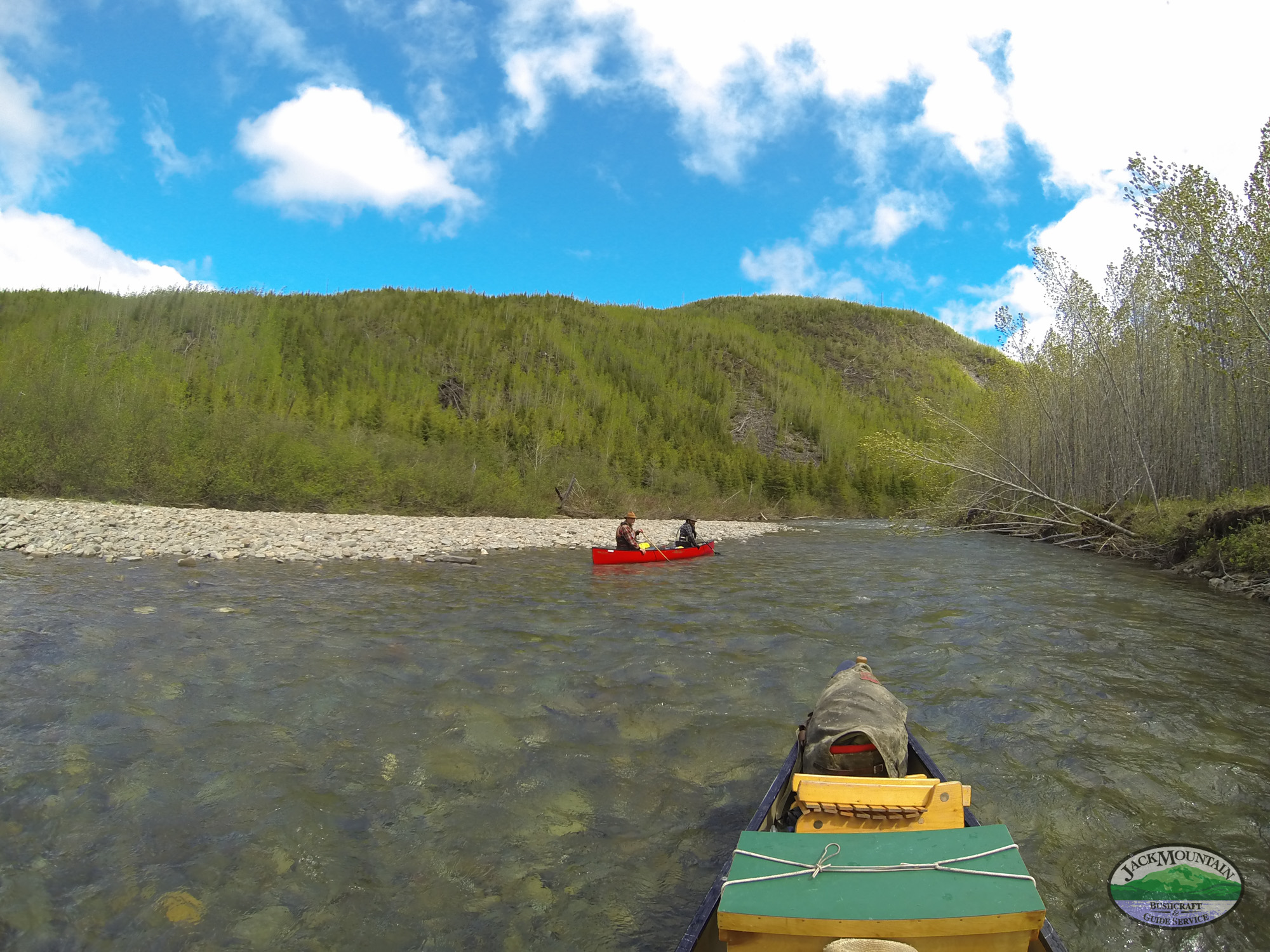I’ve been asked several times recently how I define what a guide does and when someone is ready to start guiding remote trips. Below are some thoughts on this.
A practitioner is someone who likes to engage in an activity, and may be extremely skilled at it.
An instructor is skilled at breaking down a skill or process into understandable parts, teaching them to a student, then helping that student connect the dots to get the big picture. Educator is an appropriate job description.
A guide, on the other hand, is responsible for keeping people safe and sorted out in a remote environment. Their job is to sweat the details: safety, gear, meals, motivation, etc. They’re the CEO and leader of a wilderness trip, always keeping an eye on the participants. When guiding you’re there to be of service to your clients. It isn’t an ego thing, such as being the best practitioner, it’s a service thing. To be an effective guide you have to be good at the activities involved, be ready to teach when someone needs a lesson, be prepared to make all sorts of decisions on a moment’s notice when you might not have all the information you need, and to make sure all the trip systems are operating smoothly.
So when is a person ready to start guiding? There is no simple answer, but before you can guide others you need to be able to take care of yourself. This includes knowing and executing your systems, making good decisions, and being able to focus on the well-being of others while on a trip. I’ll also add that physical endurance is helpful, so that when everyone is tired the guide has another gear to shift into in order to get the camp jobs done.
In addition to all the technical skills of guiding, probably the most important is to care about the people you’re guiding and the experience they’re having.








